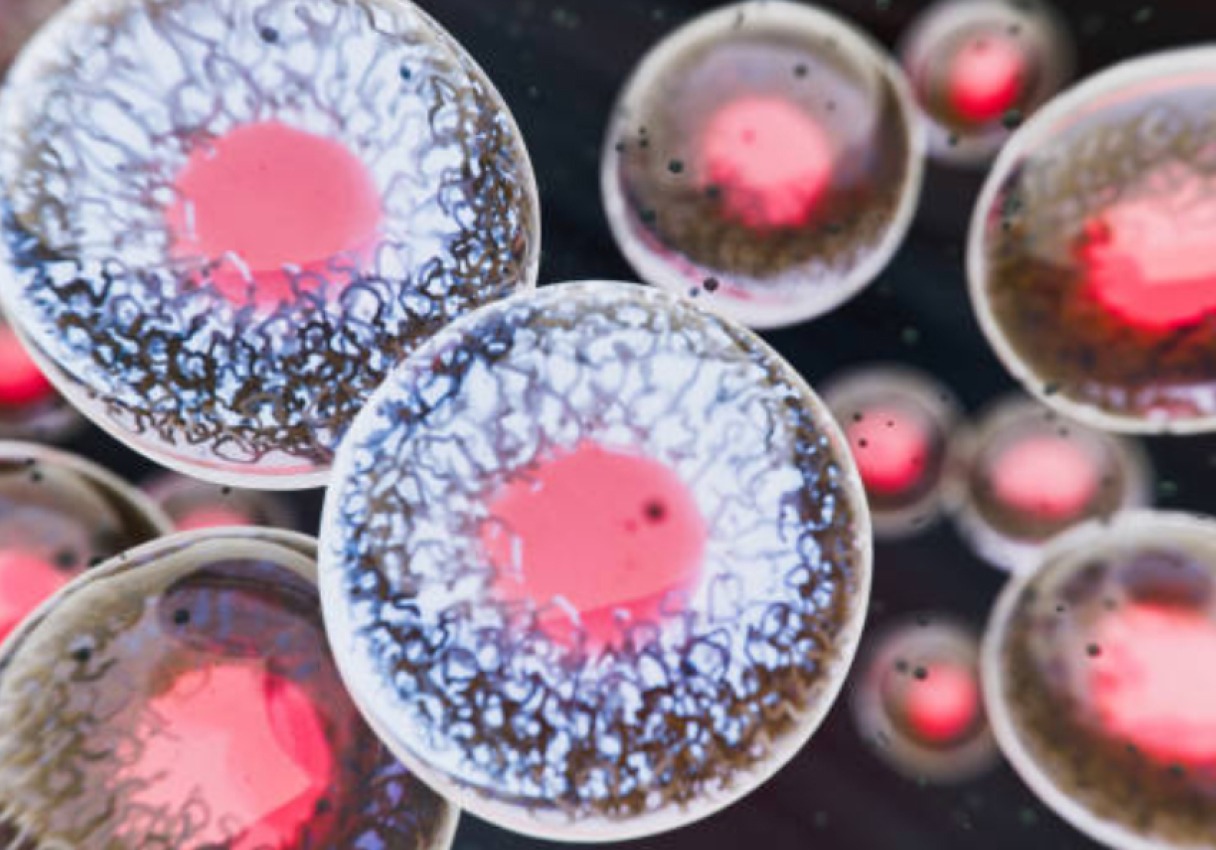Stem cell transplants
What are stem cells and how do transplants work?
Stem cells are special cells in the body that can develop into different types of blood cells essential for producing healthy blood. These cells are found in the bone marrow, bloodstream, and umbilical cord blood. Stem cell transplants may be required when the bone marrow and stem cells are damaged or fail to function properly.
A stem cell transplant is a critical treatment option for patients with serious blood cancers or blood disorders. It involves replacing unhealthy stem cells with healthy ones. The healthy stem cells move to the patient’s bone marrow, where they begin creating new blood cells. This helps restore the body’s ability to produce healthy blood cells, strengthen the immune system, and fight the underlying disease.

Stem cell transplant types
There are two main types of stem cell transplants:
- Autologous transplant: Uses a patient’s stem cells, which are collected, stored, and reinfused after high doses of chemotherapy. This is common for certain types of cancer.
- Allogeneic transplant: Uses stem cells from a donor, either a relative or an unrelated match from the donor registry (that’s us). The donor’s healthy cells can restore a patient’s damaged cells, and as some of the donor’s immune system is also transplanted, it can help target the remaining disease.
The type of transplant is based on the blood cancer or disorder a person has, their age, health and, in allogeneic transplants, the availability of a donor.
Stem cell transplants are often a life-saving option for patients, offering the possibility of long-term recovery and a better quality of life.
What conditions are treated by a stem cell transplant?
Stem cell transplants are used to treat a variety of blood cancers and blood disorders.
Blood cancers:
- Chronic myeloid leukaemia
- Chronic lymphocytic leukaemia
- Acute leukaemia
- Myelodysplasia
- Myeloproliferative disease
- Multiple myeloma
- Hodgkin lymphoma
- Non-Hodgkin lymphoma
- Lymphoproliferative disorders
Blood disorders:
- Severe aplastic anaemia
- Paroxysmal nocturnal haemoglobinuria
- Immunodeficiency diseases
- Fanconi’s anaemia
- Inherited metabolic disorders
- Marrow failure syndromes
- Pure red cell aplasia
- Blackfan-Diamond syndrome
- Congenital dyserythropoietic anaemia
- Severe inherited platelet function disorders
- Thalassaemia major
- Sickle cell disease
- Osteopetrosis
What is cord blood and how is it used in transplants?
Cord blood is the blood left behind in the placenta and umbilical cord after the birth of a baby. It is a rich source of blood-forming stem cells that can be used for both children and adults who need stem cell transplants.
There are three public cord blood banks in Australia:
These banks work together under AusCord, a collaboration that stores cord blood for use in transplants. Cord blood can be preserved for decades, providing an important resource for patients in need of a stem cell transplant, especially when no fully matched adult donor is available.
Cord blood banks in Australia comply with the highest standards, holding accreditation from both the Australian Therapeutic Goods Administration (TGA) and the Foundation for the Accreditation of Cellular Therapy (FACT). This ensures that the quality and safety of the cord blood is maintained for future use.
To learn more about the stem cell transplant process read our patient brochure.